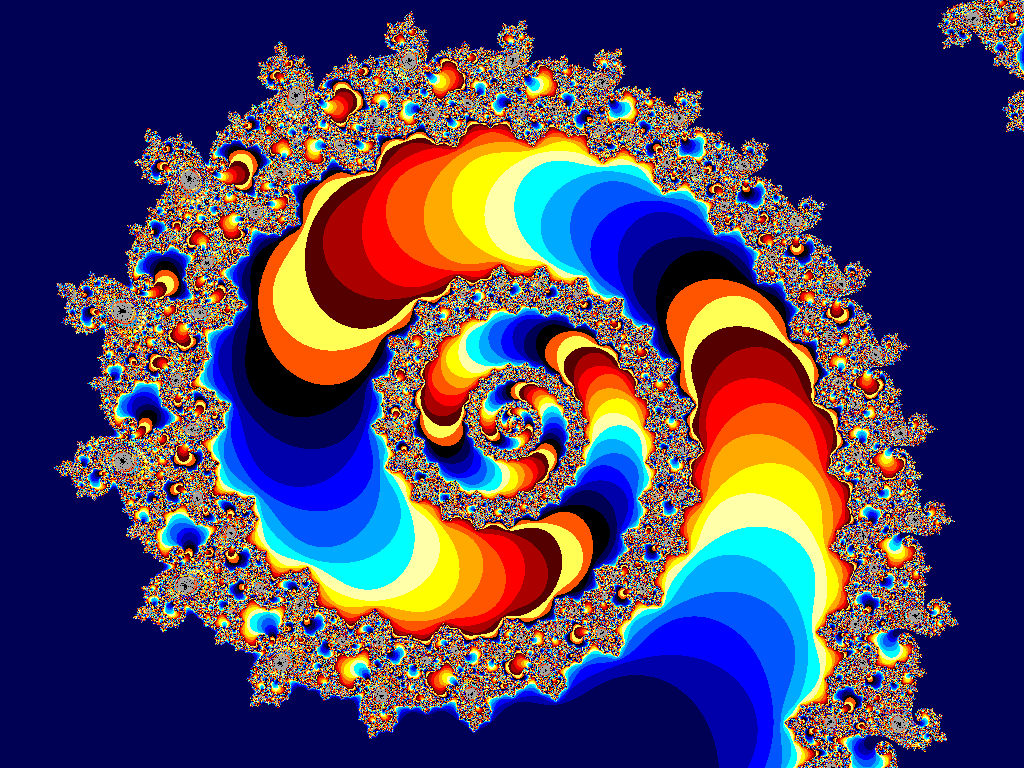 |
|
Dear Colleagues: A new book on neural therapy (in English) has arrived! Neural therapy books in English are few, and perhaps one of the reasons why neural therapy has been so slow to be accepted into mainstream medicine. So any new literature on this subject is a cause for celebration! Dr. Pablo Koval's new book, Neural therapy and self-organization is a valuable contribution to the neural therapy literature for a number of reasons. If is very much a book of ideas. Neural therapy is for physicians who think, who solve problem‐solve, and who welcome new ideas. It is not simply a collection of clinical observations as is so often the case in the "classical" (Dr. Koval's term) medical literature. Nor is it a manual or how‐to‐do‐it book. This book will make you think by reexamining old ideas, exploring contemporary ones and then juxtaposing these ideas with what we see in our medical offices. Right from the beginning (Franz Huneke's discovery of the interference field in 1941), neural therapy has confronted mysteries - phenomena unexplainable by current science. How can a scar in a leg be the cause of a contralateral frozen shoulder? And (almost as mysterious), how can injection of a tiny dose of procaine into the scar cause instant resolution of a chronic problem? Parts of the puzzle have been solved over the years, but many questions remain. Dr. Koval, as an anaesthiologist and pain specialist has spent 35 years exploring the puzzle of chronic (he prefers the word "persistent") pain. He has trained and studied in his home country Argentina, Israel, Spain, Australia, USA, Canada and Columbia. Having learned various ways of understanding persistent pain, he has come to the conclusion that "Neural therapy is the most beautiful (way) of all". Much of the beauty is found in observing the chaotic processes that occur when the body "makes a disease" (Dr. Koval's term). Speransky in the 1930's demonstrated that disease processes, are not simply the failure of the body to maintain health, but are complex activities that follow certain patterns, yet in unpredictable ways. Dr. Koval, drawing from modern systems theory, has recognized that the disease processes that Speransky described are "self-organizing". By "self-organizing" he means that each disease process is a dynamic system with its own positive and negative feedback loops. (The modern reader who remembers the computer-generated "fractals" of the 1980s will recognize the beauty of self-organizing systems. I am taking the liberty of inserting one of these fractals to demonstrate in visual form the beauty of a self-organizing system.)  How do these ideas (and there are many more) apply to clinical medicine? Dr. Koval draws from his many years experience to integrate these old and modern ideas into a theoretical foundation for modern neural therapy. He then demonstrates their application with a series of 44 case histories. Experienced neural therapists know that every case they see is unique, but case reports like these are reminders of the huge range of possibilities that clinicians must consider when attempting to solve their patients' problems. So now we have another book for the English speaking neural therapist's library. (I believe Spanish and German-speakers have many others.) What are the others in English? In my view the essential ones are:
----------------------------- Sincerely, Robert F. Kidd, MD, CM |
